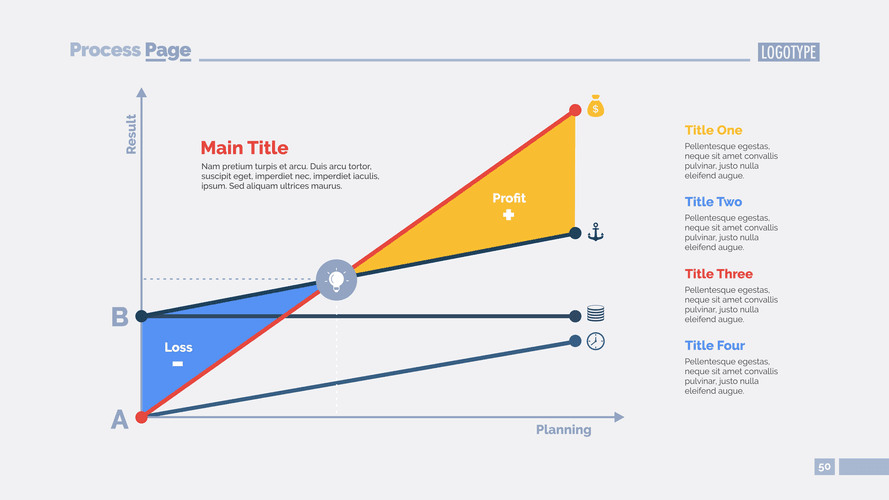
Journals typically have a columnar format with columns for date, description, debit, and credit. Ledgers are organized into separate accounts, each with its own page or section. Some organizations keep specialized journals, such as purchase journals or sales journals, that only record specific types of transactions. Use Wafeq – an accounting system to keep track of debits and credits, manage your inventory, payroll, and more. A notation in the journal and ledger that links the two accounting records together. However, most modern computerized accounting systems post transactions immediately after they have been entered.
Understanding Cash Basis Net Income and Its Financial Impact

However, if you want to create your own general ledger, you’ll first need to understand the basics of double-entry bookkeeping. Today, most organizations use accounting software to record transactions in general ledgers and journals, which has dramatically streamlined these basic record-keeping Bookkeeping for Chiropractors activities. In fact, most accounting software now maintains a central repository where companies can log both ledger and journal entries simultaneously. In the beginning, we talked about the procedure of recording a transaction.
What are the different types of journals?

This arrangement ensures that transactions are documented as they occur, maintaining an organized and sequential record. Each entry in the journal provides a detailed narrative, including the date, accounts affected, and a brief description of the transaction. This level of detail aids in tracking Online Accounting the origins of financial data and supports accuracy in subsequent accounting processes. A key function of the general ledger is to ensure the integrity and accuracy of financial data through the double-entry accounting system. This system requires that every transaction is recorded in at least two accounts, with debits equaling credits, thereby maintaining the accounting equation.

The Origins Of Accounting In A Nutshell
It provides a clear and organized overview of the financial position of a business, as it contains separate accounts for assets, liabilities, equity, revenue, and expenses. While the journal captures every transaction, the ledger presents a more concise and structured representation of the company’s financial activities. The General ledger is more of a summary at the account level of every business transaction, which comes from various journals containing chronological accounting entries. This information entered into the journal and summarized into the ledger is then aggregated further into a trial balance, which is used to generate the financial statements of the business entity. In accounting, a ledger is a principal book or record where financial transactions are summarized, classified, and posted from the journal entries. It acts as a central repository for all accounts maintained by a business, providing a detailed account of each transaction’s impact on specific accounts.

Get Your Questions Answered and Book a Free Call if Necessary
Journals record transactions as they occur, while ledgers summarize and organize these transactions for specific accounting periods. Together, they ensure accurate and systematic recording and journal vs ledger reporting of financial information. The general journal is a book of original entries, in which accountants and bookkeepers record raw business transactions, in the date order according to which events occur.
- The set of real, personal and nominal accounts where account wise description is recorded, it is known as Ledger.
- Copying information from the general journal to accounts in the general ledger.
- One of the primary attributes of the ledger is its ability to classify and categorize transactions.
- Janet Berry-Johnson, CPA, is a freelance writer with over a decade of experience working on both the tax and audit sides of an accounting firm.
- They can also result from journal entries, such as recording depreciation.
- Therefore, a general ledger is one more book of accounts that records the transaction after being posted into a general journal, based on the type of account affected by the transaction in terms of credit and debit.
